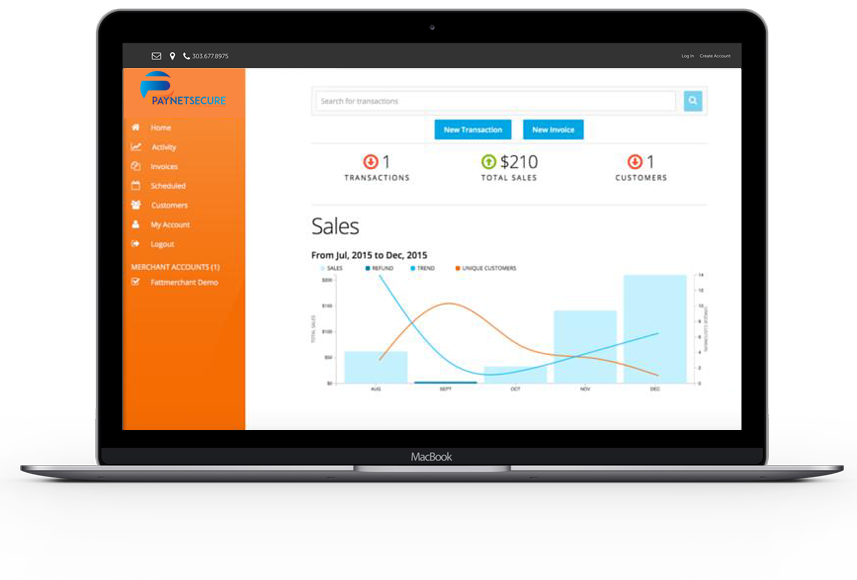Subscription billing will continue to be part of MMOG payments in the US and Europe although micropayments for virtual goods will inevitably have to included to maintain a competitive edge. In Asia, subscription billing has never caught on and micropayments are the dominant billing model.
According to Screen Digest, the subscription based billing in MMOG grew by 22% in 2008. The biggest MMOG with subscription billing is World of Warcraft ,with estimates of $1.4 billion in subscription billing. World of Warcraft players like “all you can eat” subscription billing and many are resistant to micropayments.
Of course, the argument could be made that subscription billing was the only billing model available when World of Warcraft players began to play the game. Had micropayments been available, players could have could have easily gotten used to buying virtual goods rather than subscriptions.
Still, even Blizzard is moving towards adding micropayments. Micropayments will not replace subscription billing but will be added as a way to buy virtual goods that will not affect the outcome of the game.
MMOG will continue to offer subscription billing and move to enhance premium subscription benefits. The billing infrastructure in the US and Europe easily accommodates recurring billing and merchants are wise to take advantage of the steady stream of recurring income.
Yet, to compete successfully, a free play model must be offered to entice new players. Micropayments are the best way to make money off of new players until they reach a level of commitment to play that justifies spending on recurring billing. And, certainly for MMOG targeting markets outside of the US or Europe, micropayments are the way to go.
For more information, contact info@paynetsecure.net
